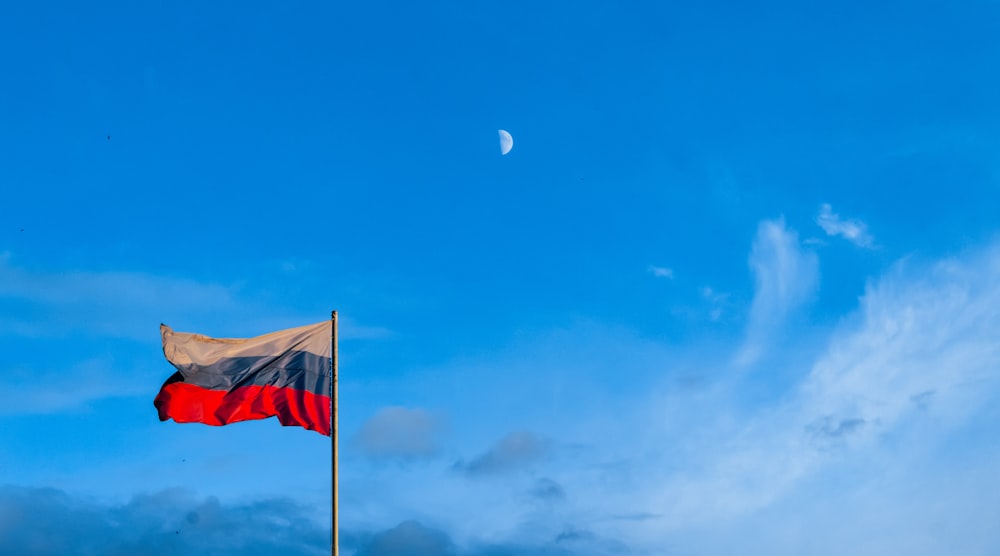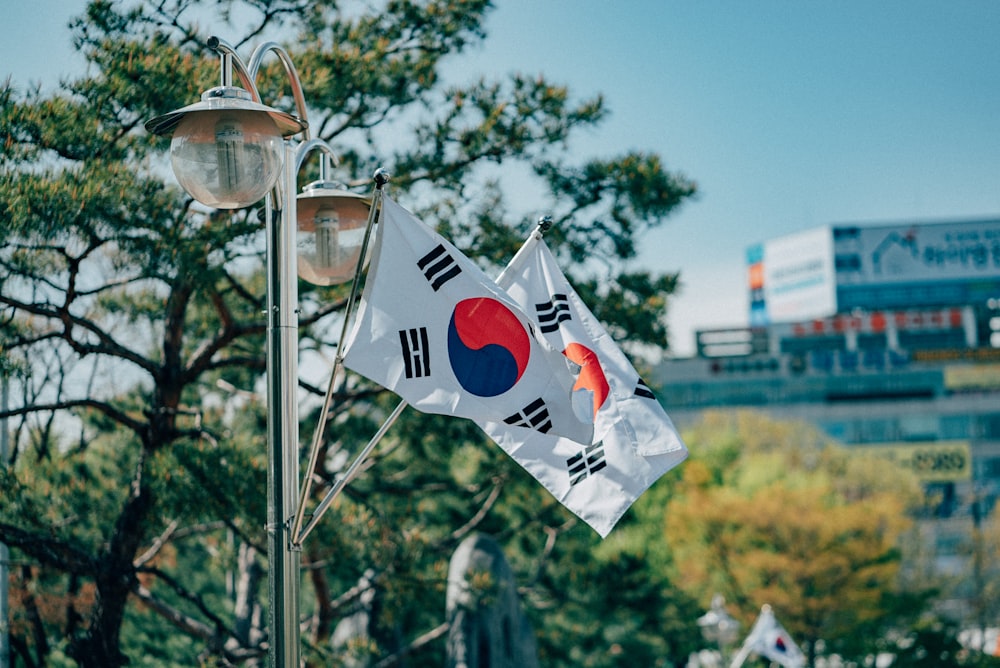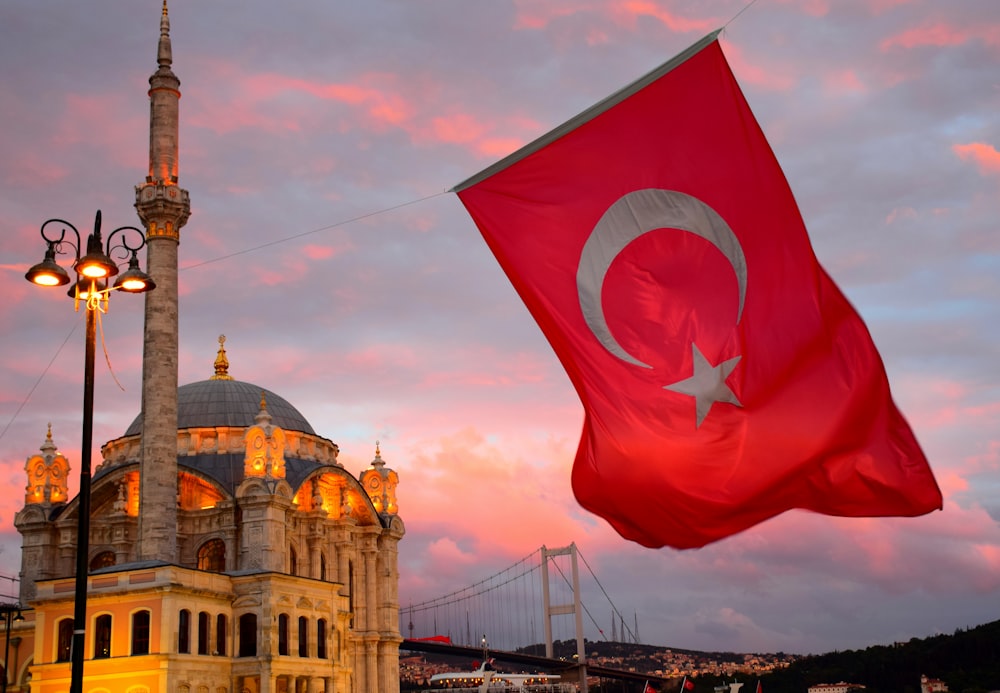
Many younger Middle Asians were obliged to move to find work or enhance their skill sets for the modern labour market due to a shortage of employment opportunities and inadequate education systems, as well as economies plagued by nepotism and capital flight.
Middle Asia to Russia
For these migrants, Russia remains the preferred destination, particularly for those from Tajikistan and Kyrgyzstan, the region’s most remittance-dependent countries. In 2016, Russia’s migration officials registered 6,679,515 Middle Asians; by 2019, that figure had risen to 9,504,176, a 42 percent increase in just four years. Middle Asia continues to be drawn into Moscow’s orbit by its familiarity with the Russian language and culture, which stems from a common Soviet heritage, geographic proximity, and Russia’s desperate need for labour migrants.
In the year 2020, 145,000 persons from Middle Asia gained Russian citizenship. This is approximately 20,000 more than a year ago. Tajik nationals surpassed Kazakhstan citizens on the list of Middle Asian nations whose citizens got the most Russian passports in a year. Tajikistan is only second to Ukraine in this strange ranking, with hundreds of thousands of former and current inhabitants becoming Russians every year.
Before becoming a Russian citizen, a prospective citizen must first get a residence permit. Nearly 225,000 foreign citizens acquired their first Russian residency permit in 2020, an increase of 40,000 from the previous year. Middle Asians, particularly Tajiks, led the way with about 50,000 residency permits, followed by Kazakhstanis and Uzbeks with approximately 25,000 each.
Middle Asia to Europe
The number of Middle Asia citizens granted permission to work, study, or live in the EU increased by 14% between 2016 and 2019. In 2019, 4,097 Kazakhstan citizens, 1,398 Uzbek citizens, 697 Kyrgyz citizens, 335 Tajikistan citizens, and 215 Turkmen citizens expressed interest in European education. The Czech Republic, Poland, Germany, and Hungary are the most popular destinations for Middle Asia students.
However, there are other educational areas: every fourth Uzbek national who travels to the EU for education obtains it in Latvia, while nearly every third Turkmen citizen receives it in Romania. The number of people migrating to Europe from Middle Asian countries is also increasing. In 2019, 2,681 Kazakhstan citizens went to EU nations to reconnect with their families, followed by 1005 Uzbek citizens, 449 Kyrgyz citizens, 202 Tajikistan citizens, and 111 Turkmen citizens.
Middle Asia to South Korea
Between 2016 and 2019, the number of Middle Asians who moved to South Korea increased by 92 percent, predominantly Kazakhs and Uzbeks. Since 2004, South Korea has steadily opened up to foreign labourers in two ways: permitting foreign nationals of Korean ancestry to live and work in the country, and forging bilateral agreements to recruit workers with 16 nations, including Uzbekistan and Kyrgyzstan.
Furthermore, many Kazakh and Russian citizens use their visa-free status to work in Korea’s vast informal labour market. Wolgok-Dong and other Middle Asian neighbourhoods are now popular near industrial zones outside of most major Korean cities.
Middle Asia to Turkey
Turkey has been increasingly accessible to labour migrants from Middle Asia over time. Ankara developed visa-free regimes in the aftermath of the Soviet Union’s demise to increase trade and people movement. The Turkish government enacted fewer onerous rules than the Russian government. Middle Asian labour migrants, for example, are not required to register with any agency during their lawful stay in the nation.
This allows them to avoid arduous bureaucratic procedures, whereas migrants in Russia are frequently victims of corruption in official organizations. Furthermore, Turkish citizens are more welcoming of migrants from Middle Asia than those from nearby Arab countries. Turks are well aware of their shared Turkic ancestry with Middle Asians.




